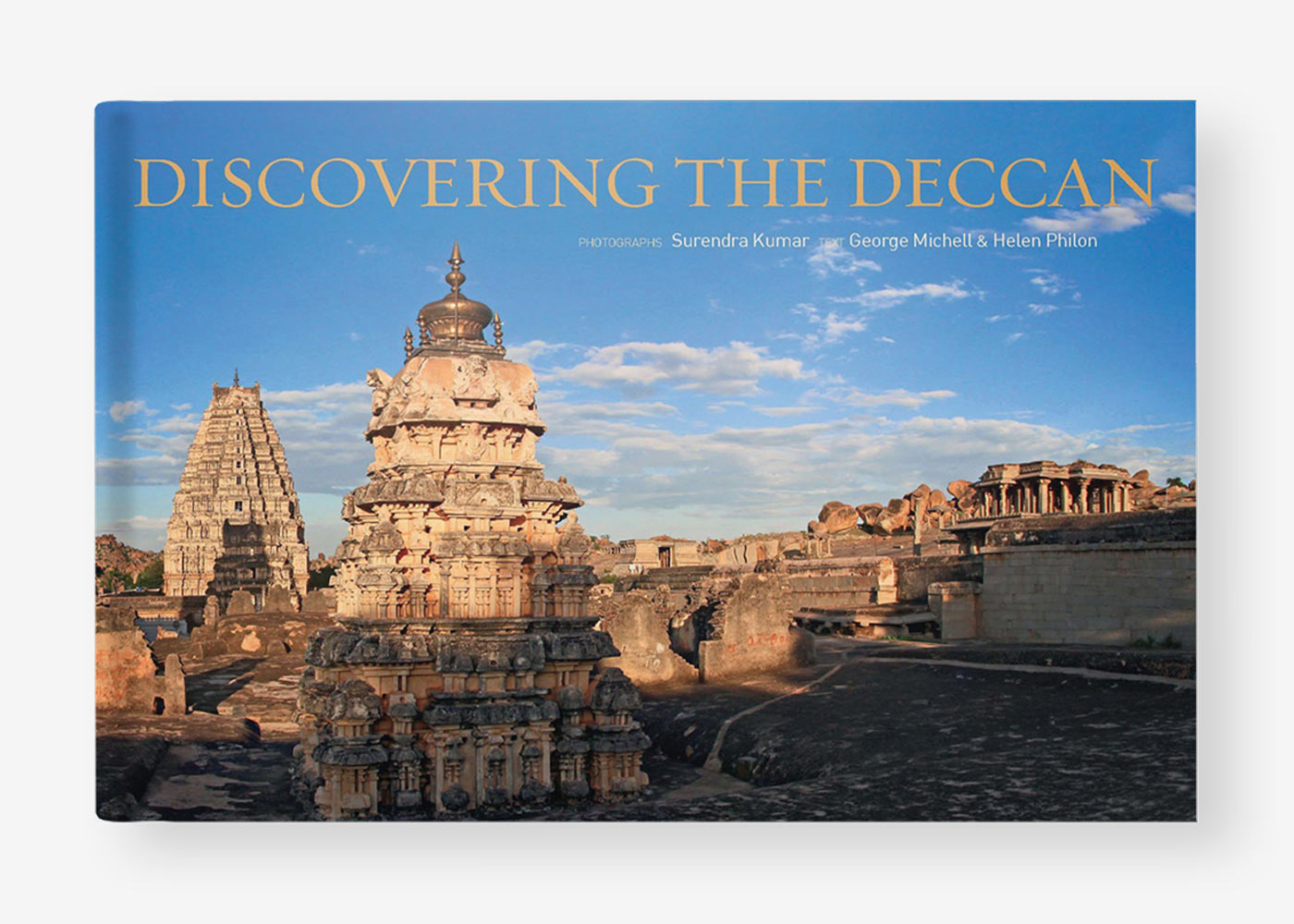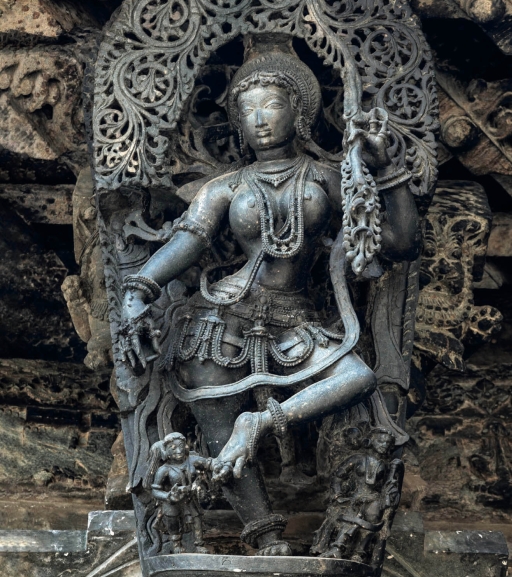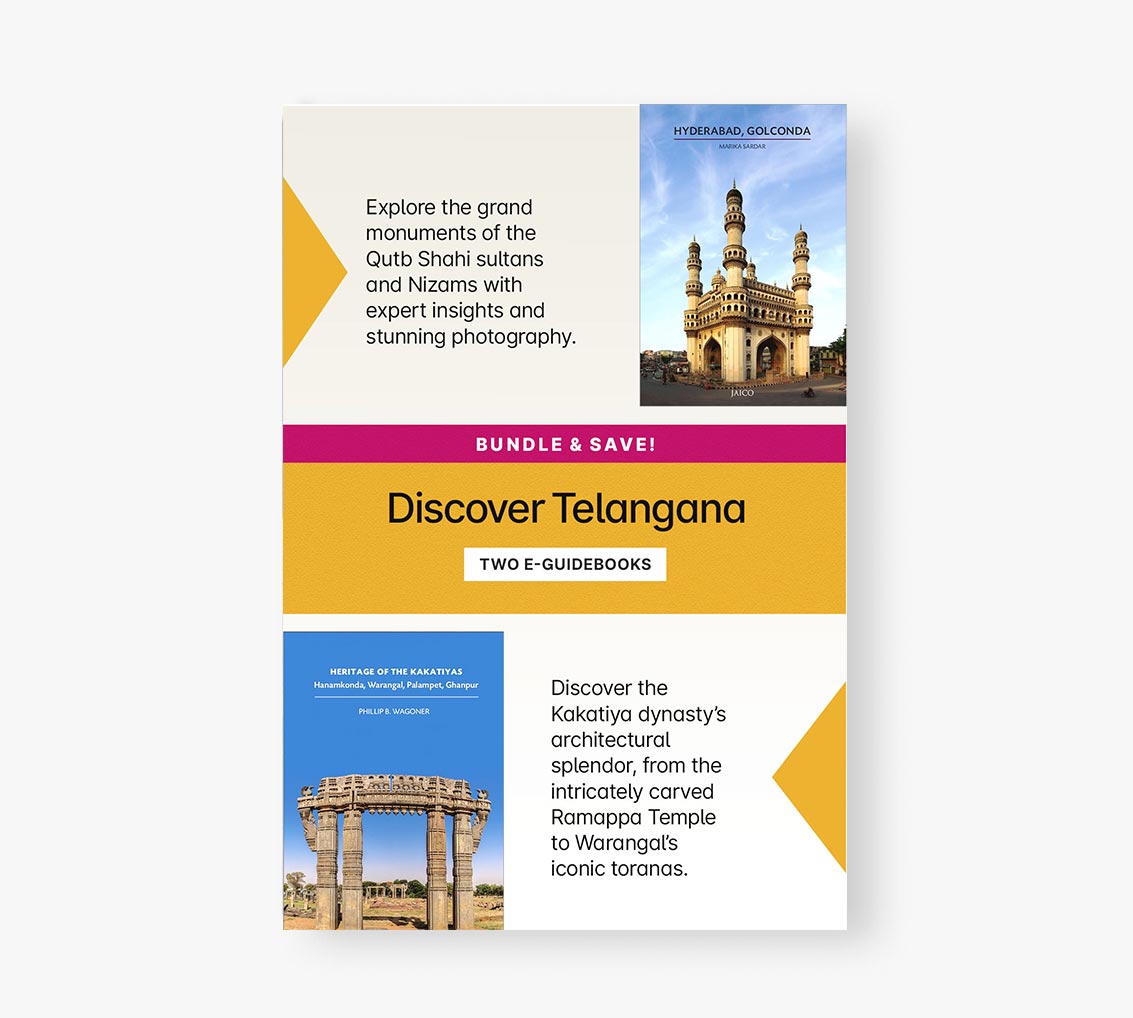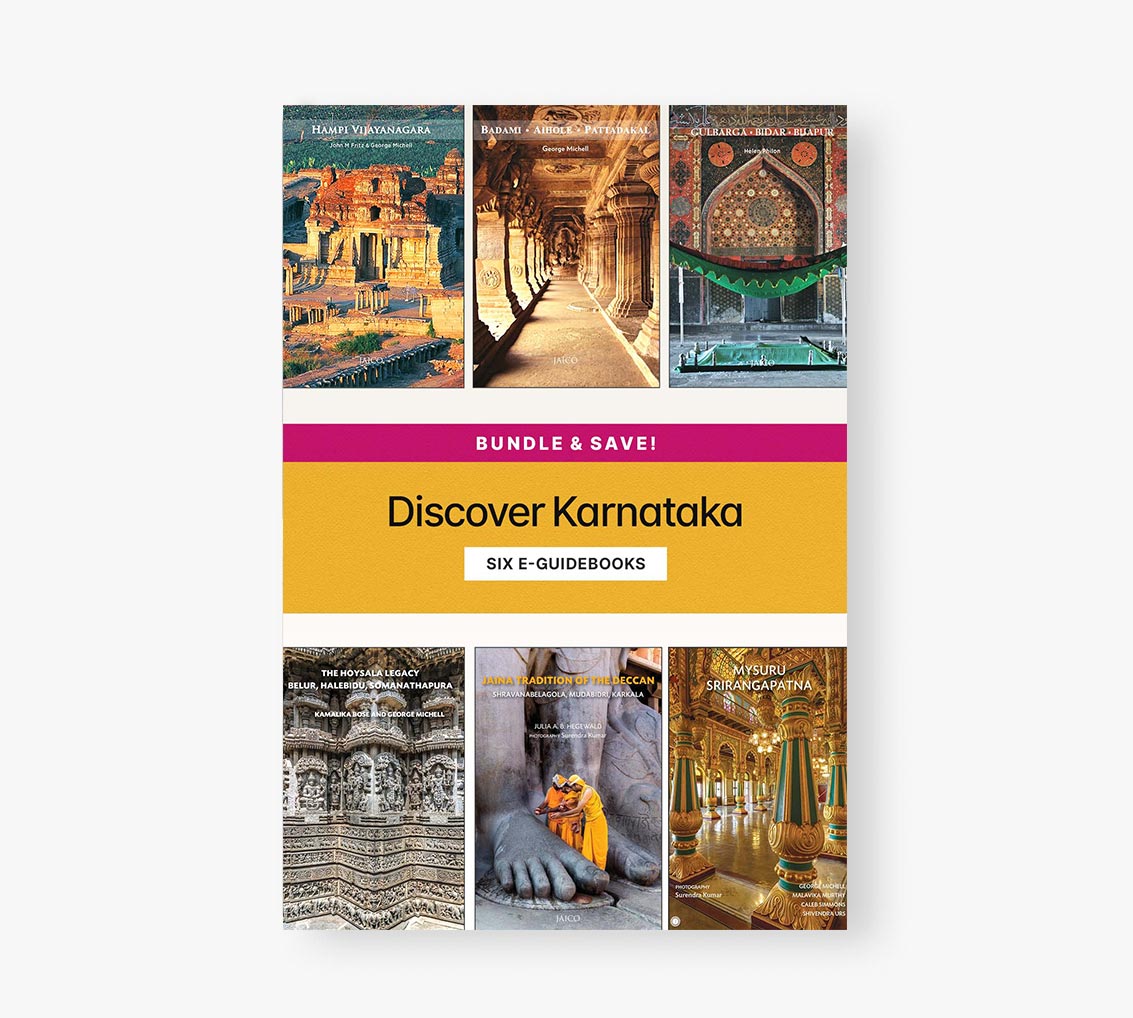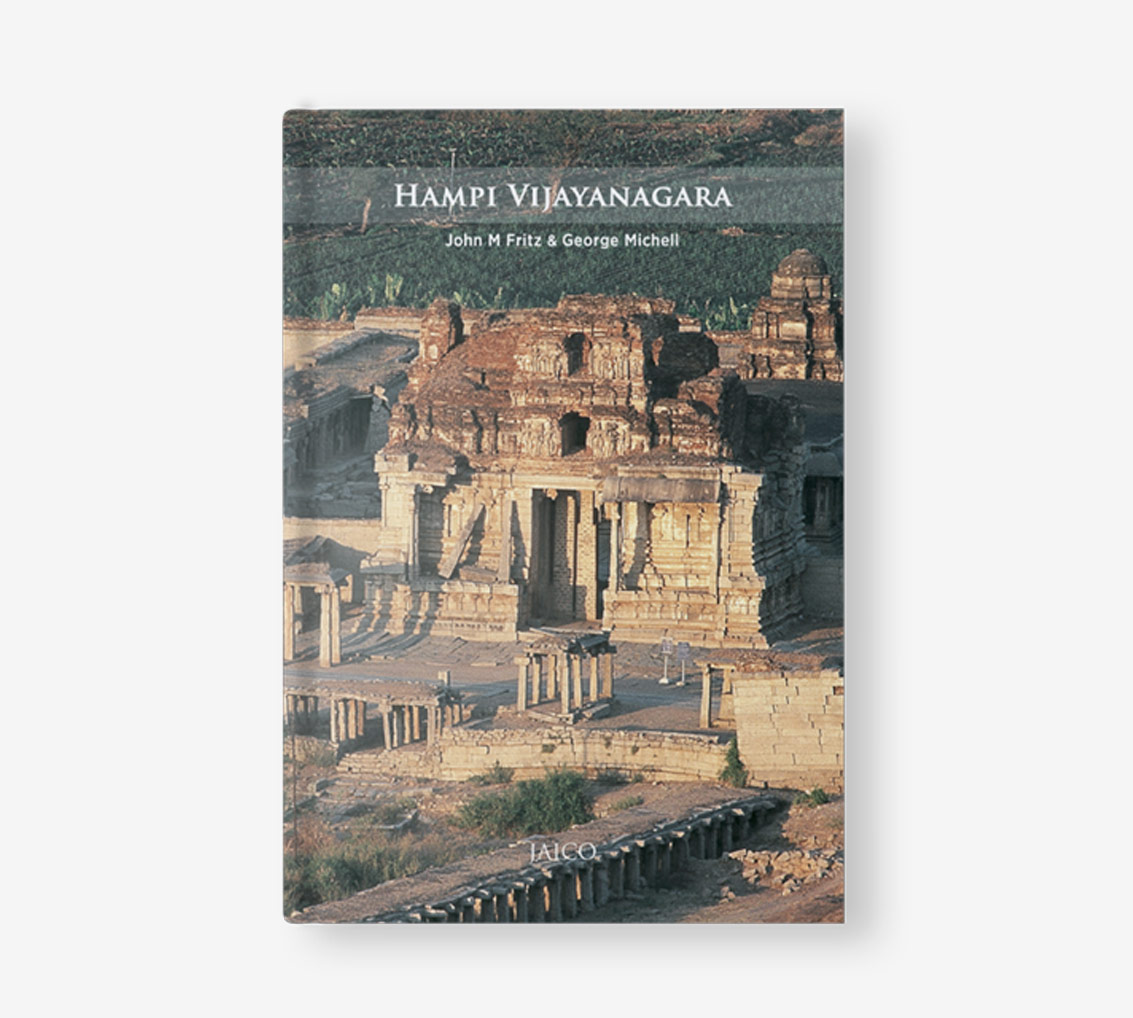Discovering the Deccan
Book
The Deccan region of peninsular India remains one of India’s best kept secrets in spite of its numerous, impressive historical monuments: the rock-cut Buddhist shrines at Karla and Ajanta; the elegant carvings on the Hindu temples at Badami and Aihole; the magnificent ruins of the imperial city of Hampi-Vijayanagara; the imposing forts and tombs at Gulbarga, Bidar, Bijapur and Golconda; and the elegant, European-influenced palaces in Hyderabad. These and other monuments survive in a comparatively complete condition, but have until now, been under-appreciated.
Details
Author(s)
George Michell
George Michell obtained his PhD from the School of Oriental and African Studies, University of London, for his dissertation on early-Chalukya temple architecture. Since then his research has ranged from surveys of town planning and Islamic buildings to studies of Hindu temple architecture and sculpture. During the 1980s and 1990s, he and Dr. John M. Fritz co-directed an extensive survey of Hampi-Vijayanagara.
Among his many publications are: The Royal Palaces of India, Hindu Art and Architecture, The Great Temple at Thanjavur, Mughal Architecture and Gardens, Late Temple Architecture of India, 15th to 19th Centuries and, together with Helen Philon, Islamic Architecture of Deccan India.
Helen Philon
Helen Philon is an archaeologist, scholar and lifelong academic with an MPh in Pre-Islamic Art from the School of Oriental and African Studies, University of London; and wrote her PhD thesis on Bahmani architecture in the Deccan at the same institution. She has worked in the Middle East and South Asia, travelling extensively throughout these regions, and has published a long list of works on architecture and ceramics.
